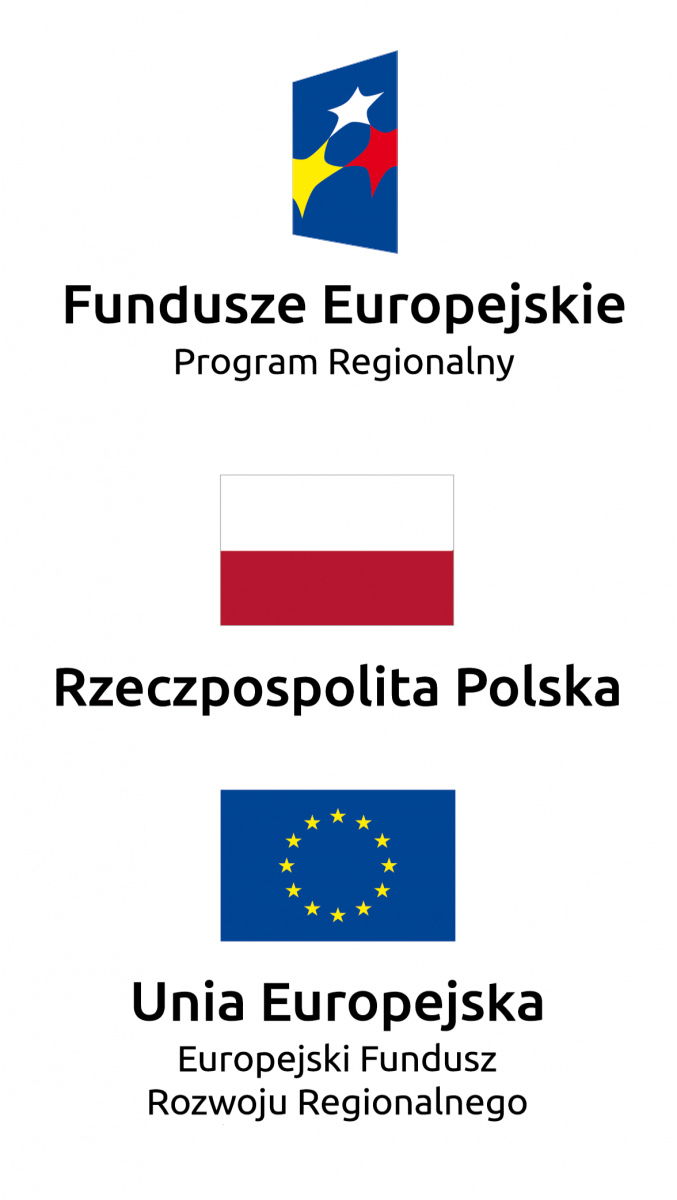Speaker:
Date:
Due to their non-invasive nature analytical techniques based on reflectance spectroscopy are almost ideal for the analysis of such sensitive and valuable objects as works of art. Point reflection spectroscopy can be extended in the direction of the analysis performed on the entire surface to perform hyperspectral imaging. Large amounts of data, obtained by this method, in conjunction with statistical analysis become a source of new information about studied objects and open up new possibilities in the field of non-destructive testing of historic buildings. During the seminar the idea of experiments conducted at the Laboratory for Analysis and Non-Destructive Testing of the Historic National Museum in Krakow will be presented. I will present typical examples of the use of hyperspectral imaging in the study of works of art. We will discuss the possibility of statistical analysis to interpret the recorded data.

